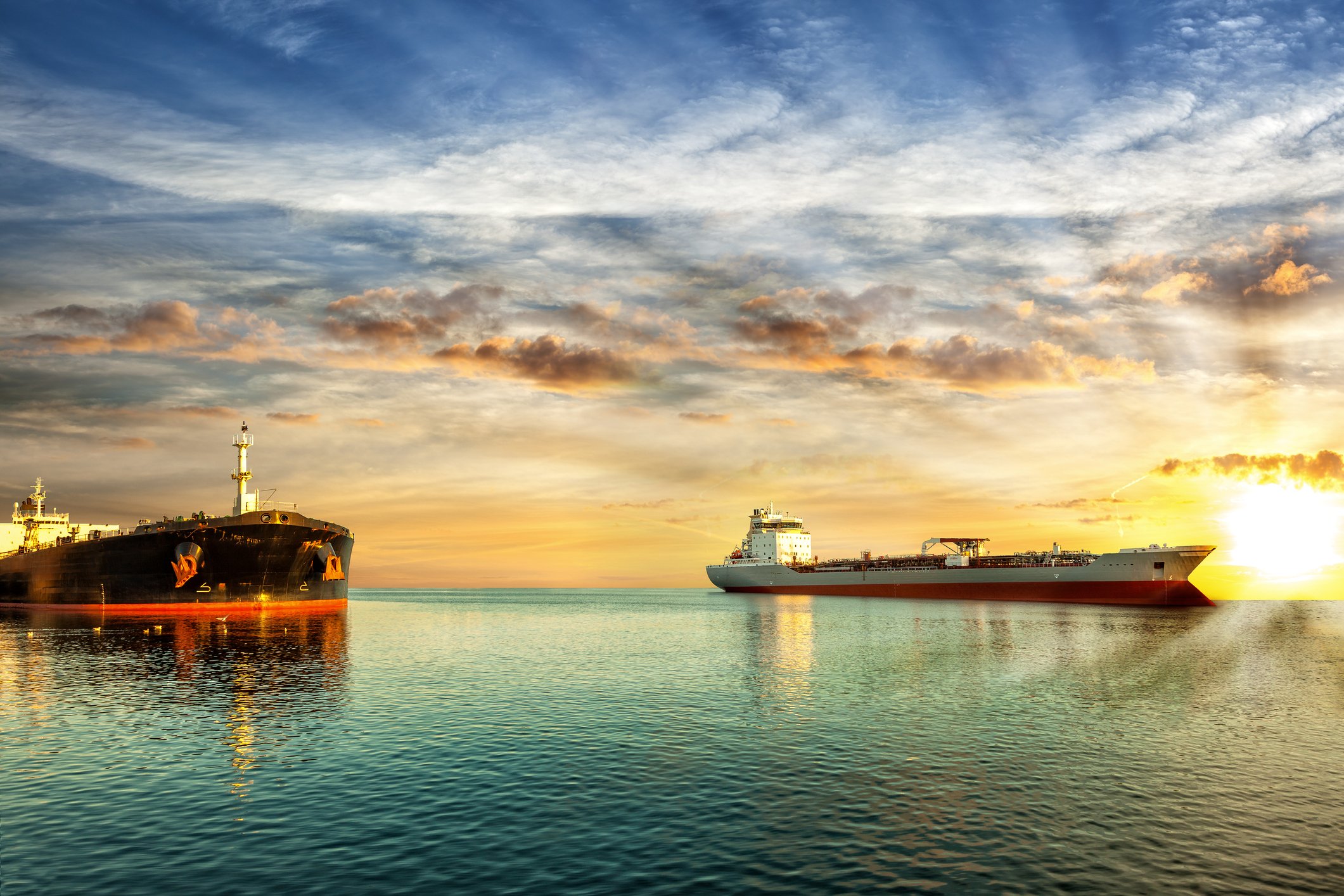Demand from China for iron-ore has helped spark a surge in the Baltic Dry Index, which is composed of a basket of four equally weighted but differently sized vessels. They are called Capesize, Panamax, Supramax, and Handysize. For the last couple of years, the typical cost to operate these ships has exceeded the market rates to hire them due to excessive supply. For most dry shipping companies, this had meant that precious capital got burned while debt levels continued to balloon, a tough situation to be in and a future that looked dim. Since the beginning of the year, the index has tripled. These higher rates have meant that many shippers are back to operating in the black, but they are not out of the woods just yet. Several dry shippers still face the challenge of their debt levels, beginning with interest on that debt. Never mind debt payments and covenants -- one mountain at a time.
Interest expense burden
The first obstacle some dry shippers face, even when operating profitability, is crippling interest charges. The first example is DryShips (DRYS +0.00%), which has a staggering $4.5 billion in debt resulting in $56 million of interest expense in the second quarter. It had $76 million in voyager revenue, so around 74% of revenue got expensed to interest. Even if its contracted rates were to double versus last quarter, it would still mean 37% of revenue would go to interest alone; therefore, operating in the black is not nearly enough. DryShips needs at least 37% operating profit margins (not even counting SG&A) on its ships just to cover its debt payments. I'm not even touching depreciation expense (since it's non-cash) though it should be noted that DryShips' debt load includes its drilling subsidiary, and that its lenders have agreed to forestall principal payments until maturity.
Next, Genco Shipping & Trading (GNK +0.16%) bills itself as "as one of the lowest cost operators in the industry is reflected in our low breakeven levels." Genco's $1.5 billion debt load resulted in $21.5 million in net interest charges last quarter. It has $45 million in revenue so nearly half of it was devoted to interest. Based on last quarter's operating expenses of nearly $30 million, if Genco were to realize double revenue then it could net $23.5 million excluding depreciation and SG&A, which is another $8.5 million. It is still in negotiation with its creditors, and needs a positive outcome, regardless of cash flow, by March 31, 2014.
Finally there is Safe Bulkers (SBLK +0.32%). Its interest expense was only around 6% of revenue of $41 million. Most of its fleet is locked into contracts at very favorable rates allowing it to post large net incomes each quarter so its debt burden is almost irrelevant to the income statements. It posted a small net income of nearly $25 million, and its interest expense is around $2.3 million with around $525 million in debt last quarter. Unlike DryShips and Genco, Safe Bulkers is financially positioned to see immediate profits from rising rates as its ships become available.
Interest expense can make or break the financial results for individual companies. When a dry shipper has low debt and interest expense, it means rising rates build true shareholder value immediately. Higher rates tend to flow straight to the bottom line as profit. When a dry shipper has high debt and interest expense, rising rates simply mean less burdensome interest payments. "Less burdensome" hardly makes a good investment thesis. Dry shipping rates need to continue to rise significantly before the more debt-laden shipping companies can get back in the black. Rising rates may lift all ships, but not all ships are affected equally.








